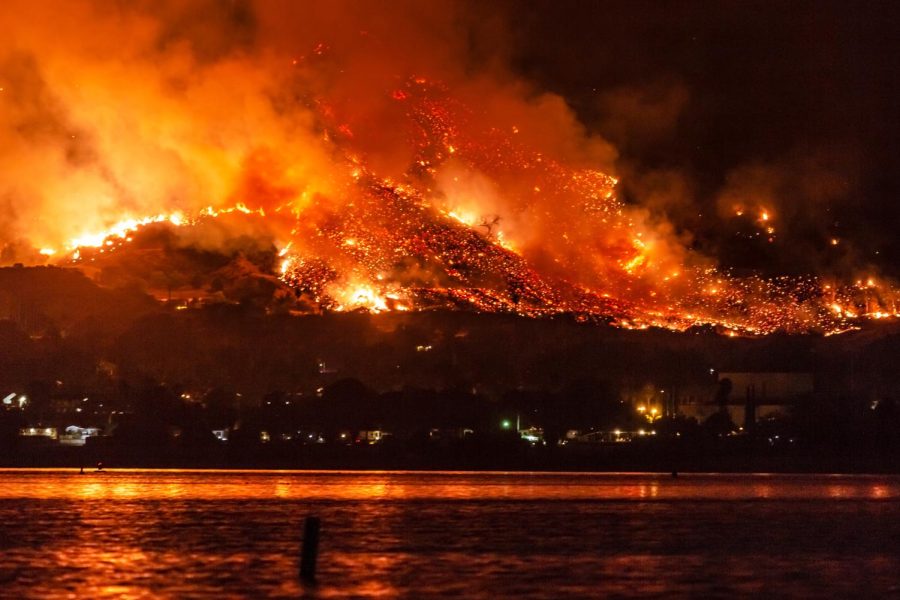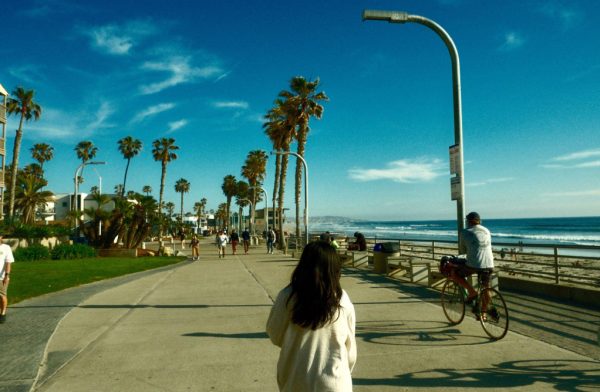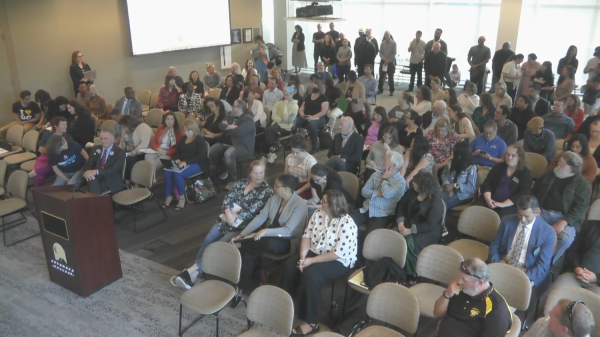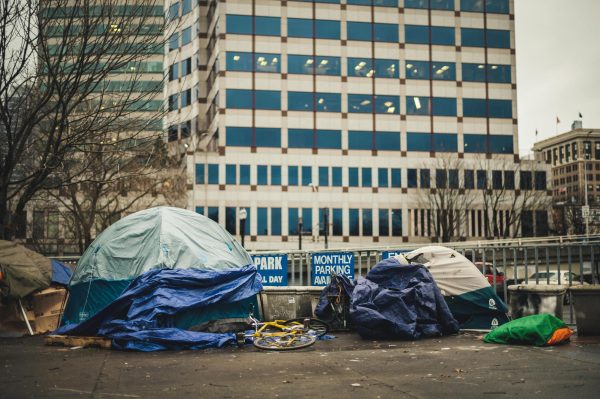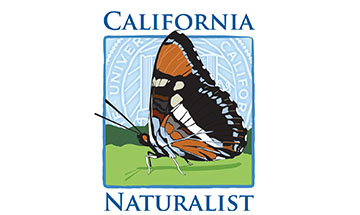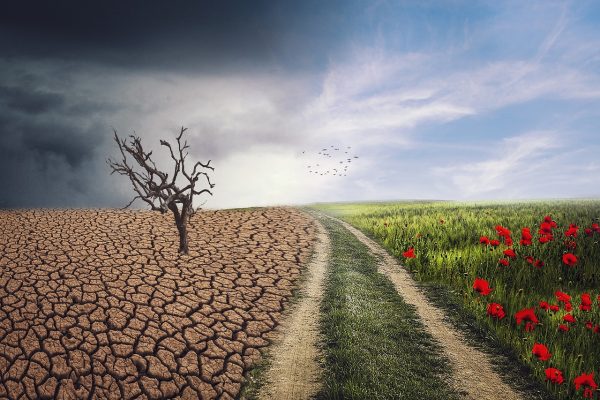Fire season grows with increasing danger
Severe drought conditions have created dangerous conditions for fire season.
June 1, 2022
Fire season is here and continues to move its timetable up each year as drought conditions worsen.
In the past, the season would come in late summer and fall, but clearly, the past few years have been a prime example of the situation getting worse here in California. A wildfire in Big Sur that burned over 700 acres in January shows just how bad it can get as the months get hotter and conditions become dry, and with water levels dropping every year, things are not getting easier.
California is in for a dangerous fire season this year. According to the California Department of Forestry and Fire Protection, we have seen over 9,000 acres burned across the state only halfway into the year. May has accounted for 1,403 of these acres, with more than 10 incidents.
“This is getting out of hand, and I hope the city is prepared for the summer; I am already seeing an increase in my water bill with these new restrictions,” said Joseph Arriaga, a nursing student at Grossmont College.
CalFire has begun its peak fire season with assistance from a thousand-strong AlertWildfire video camera system spread across the state that monitors landscapes vulnerable to fires. A climate scientist at the University of California, Los Angeles, Daniel Swain, said that while California’s coastal areas might not see extreme temperatures this summer, inland regions, including the Central Valley foothills and the Sierra Nevada, could experience record or near-record heat.
“That, of course, has major implications for wildfire risk, since peak summer burning conditions usually occur precisely in those regions expected to be most anomalously hot and dry,” Swain recently wrote.
Drought conditions are the leading cause of the increased danger to California, and even with record rainfall in the last three months of 2021, it was not enough as January through March has been unusually dry. According to the U.S. Drought Monitor, when the state does get its heavy rains, we’ve seen the land go from 88 percent to 1 percent when it comes to whether we’re in extreme or exceptional drought conditions.
“The dice are loaded for a lot of big fires across the West,” said Park Williams, a climate scientist at UCLA. “And the reason for that is simple: The vast majority of the western U.S. is in pretty serious drought.”
With conditions so severe, the federal government announced that it would have to restrict the amount of water coming out of Lake Powell. The lake is one of the largest reservoirs in the country, coming in at number two. The Bureau of Reclamation has taken steps to reduce the risks of the lake falling below a point in which the damn will no longer produce electricity.
Jake Limon, a current student at Grossmont, said: “I’m from Northern California and have been very familiar recently with how bad things are getting, especially when I visited home during spring break and saw how dry everything was, not to mention the fires that keep popping up out of nowhere. You can tell that we need water bad up there; some of my usual fishing spots have completely dried up.”
There is no questioning the risk we run here in California with the upcoming summer, and with CalFire ramping up fire season early, we can only hope that we can make it to the winter with no significant wildfires.


